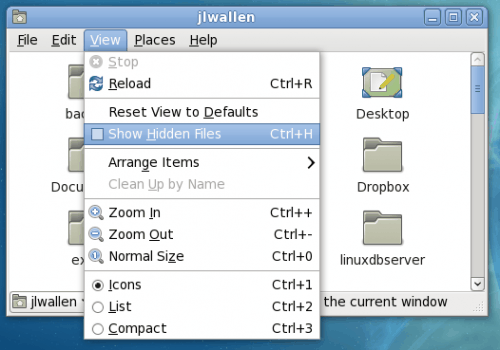

Sure, the example files don't have any such, but in general, anyone could create them, especially in /tmp. Of course you could actually parse the text representation of the date, but ls makes it hard to get right if some joker creates files with unprintable characters in them. ( -ls, -delete and -newerXY exist at least in GNU find and the BSD find on OS X.) To list files and shows the last modified files at top, we will use -lt options with ls command. Uses the time of the last change of the files attributes for sorting (-t) or displaying (-l). You can replace the -ls at the end with -delete to delete the files instead of listing.

Include hidden files and directories in the search. In any case, add the necessary -name "DBG_A_sql*" to only take the files with the correct name. However, this can be changed to use simple glob patterns with the -glob option. Though if your system has subsecond precision for timestamps, it might be hard to hit that, but happens if you test with files created by touch.Ī hairy workaround to that would be something like this: find dir/ -newermt 'Aug 6 23:59:59.999999999' \! -newermt 'Aug 7 23:59:59.999999999' -ls If don't want to calculate the relative time, and your find has -newerXY: find dir/ -newermt 'Aug 7 00:00' \! -newermt 'Aug 8 00:00' -lsĪgain, this gets the files created exactly on midnight wrong, because the comparison is "newer", not "newer or as old as". However, this seems to work: find dir/ -daystart -mtime +0 \! -mtime +1 -ls (-ls, -delete and -newerXY exist at least in GNU find and the BSD find on OS X. it was yesterday), we could useįind -daystart -mtime 1, but it finds the file modified on the wrong midnight, Aug 8 00:00. In any case, add the necessary -name 'DBGAsql' to only take the files with the correct name. If the changed date is older than six months, the time is substituted with.
on the size of files -changed-withinnext three columns are the time at which the file was last changed (for a directory. ls is a command used to list computer directories and files in Unix-like and. By default, fd does not search hidden directories and does not show. I'll assume you want the modification time.įinding files modified on a given date turned out to be mildly interesting, since find appears to make it a bit hard to get it right with files created on exactly midnight. ls -a will list all files including hidden files (files with names. What you have is mtime, or the last modification time, and ctime which is the "change" time, updated on any changes to the inode.

To view hidden files in a different directory, type ls -a /path/to/directory and press Enter. For a start, finding files created on a certain time is a bit hard, since the creation time isn't usually saved anywhere or is hard to get at. This will show you all of the files in the current directory, including hidden files.


 0 kommentar(er)
0 kommentar(er)
